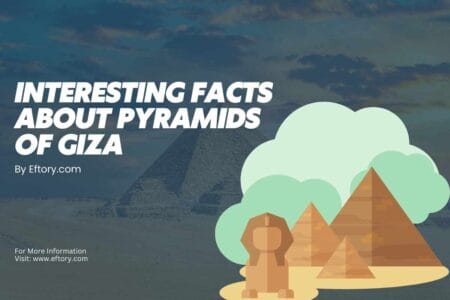Jamaica Vs Mexico Vacation:
Beautiful beaches, lively cultures, and lots of excitement are waiting for you in Jamaica and Mexico, two amazing Caribbean destinations competing for your dream tropical vacation. Deciding between them can be a happy challenge, but don’t worry, adventurous traveler. This guide explores Jamaica and Mexico, looking at different aspects to help you choose the perfect place that matches your travel wishes.
1. Landscape:
Both Mexico and Jamaica boast stunning landscapes, attracting millions of visitors each year. While both offer tropical vibes and beautiful beaches, their geological history and size create distinct and diverse landscapes. Let’s explore the key differences and similarities:
1.1. Size and Diversity:
Mexico: A vast country spanning almost 2 million square kilometers, offering incredible diversity. There are towering mountain ranges like the Sierra Madre, lush rainforests in Chiapas, arid deserts in Baja California, and vibrant coral reefs in the Caribbean Sea.
Jamaica: Much smaller at roughly 11,000 square kilometers, with a more focused landscape. Lush mountains dominate the interior, with flowing waterfalls and fertile valleys. There are beaches with white sand all around them, and there are coral reefs in the water nearby.
1.2. Mountains and Volcanoes:
Mexico: Home to several active volcanoes, including Popocatépetl and Iztaccíhuatl, offering dramatic scenery and geothermal wonders. Rugged mountain ranges create diverse ecosystems and breathtaking vistas.
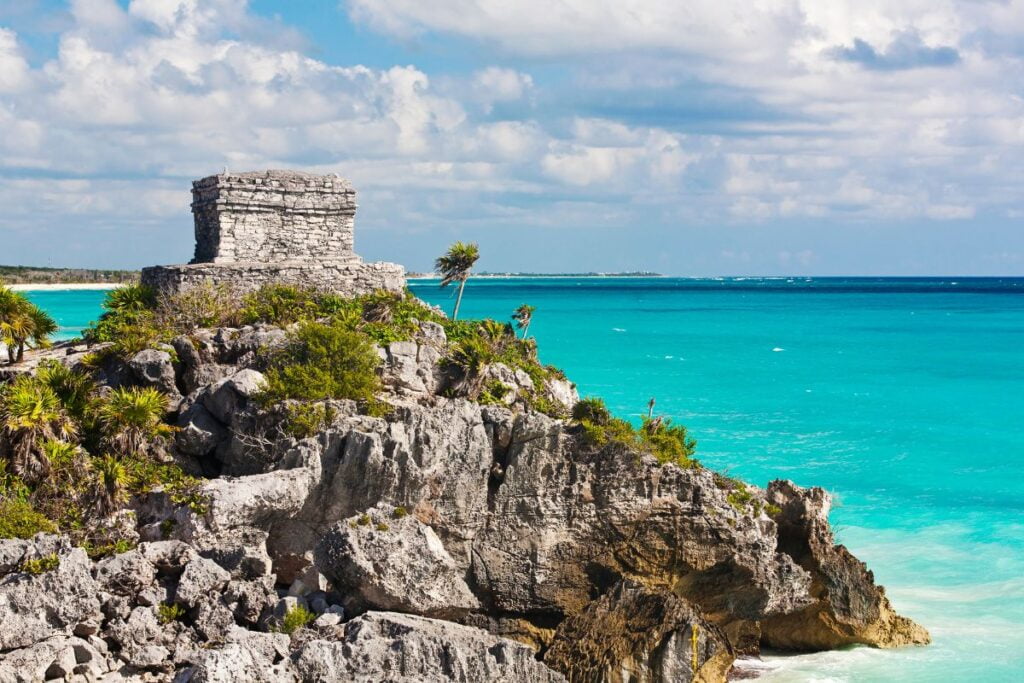
Jamaica: The Blue and John Crow Mountains dominate the island, offering lush scenery and hiking opportunities. However, no active volcanoes exist in Jamaica.
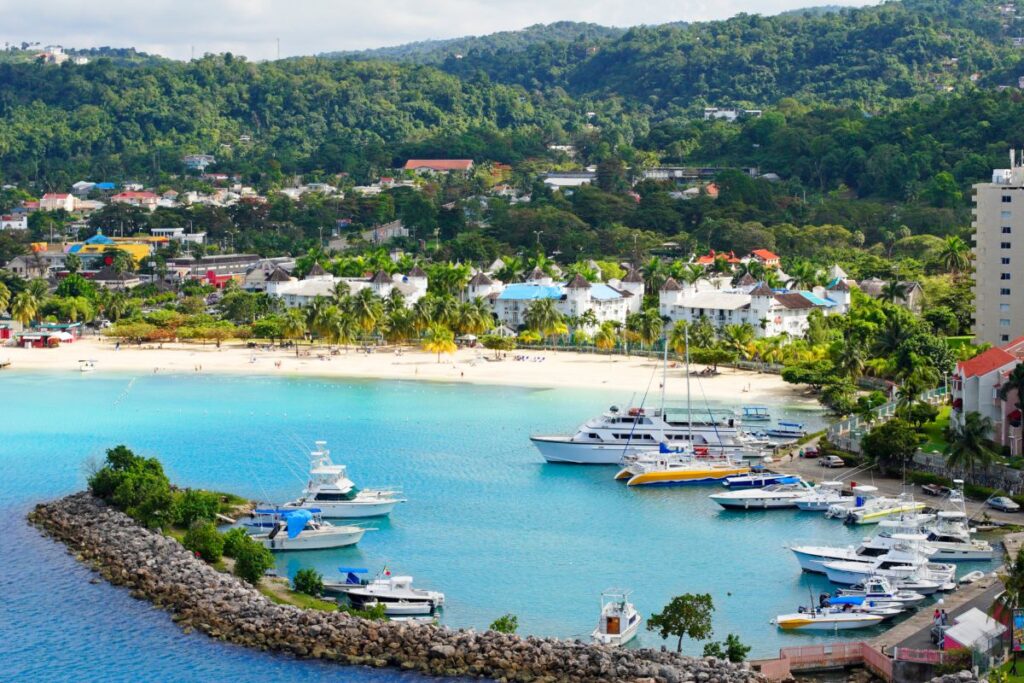
1.3. Coastlines and Beaches:
Mexico: Boasts over 9,000 kilometers of coastline, featuring diverse beaches. Find everything from the dramatic cliffs of Los Cabos to the turquoise lagoons of Tulum and the surfer havens of Puerto Escondido.
Jamaica: Offers over 1,000 kilometers of coastline, known for its white sand beaches. Negril’s Seven Mile Beach is famed for its length, while Ocho Rios boasts hidden coves and vibrant reefs.
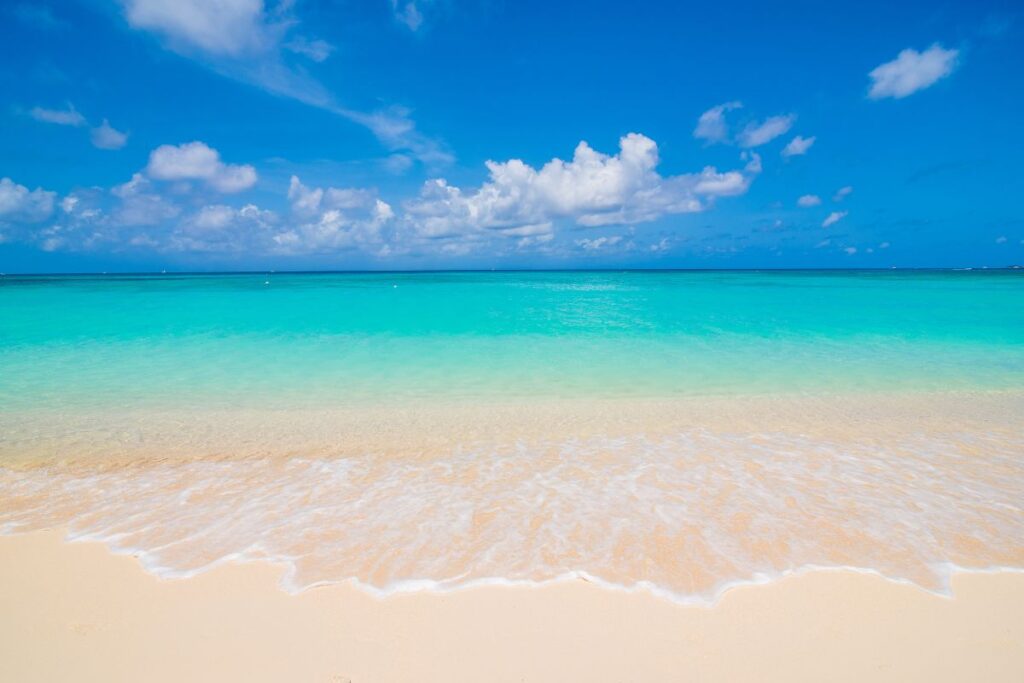
1.4. Tropical Landscapes:
Mexico: Rainforests, like the Mayan Biosphere Reserve in Chiapas, have thick jungles, many animals, and old buildings. Cenotes, natural holes in the ground, offer amazing swimming adventures.
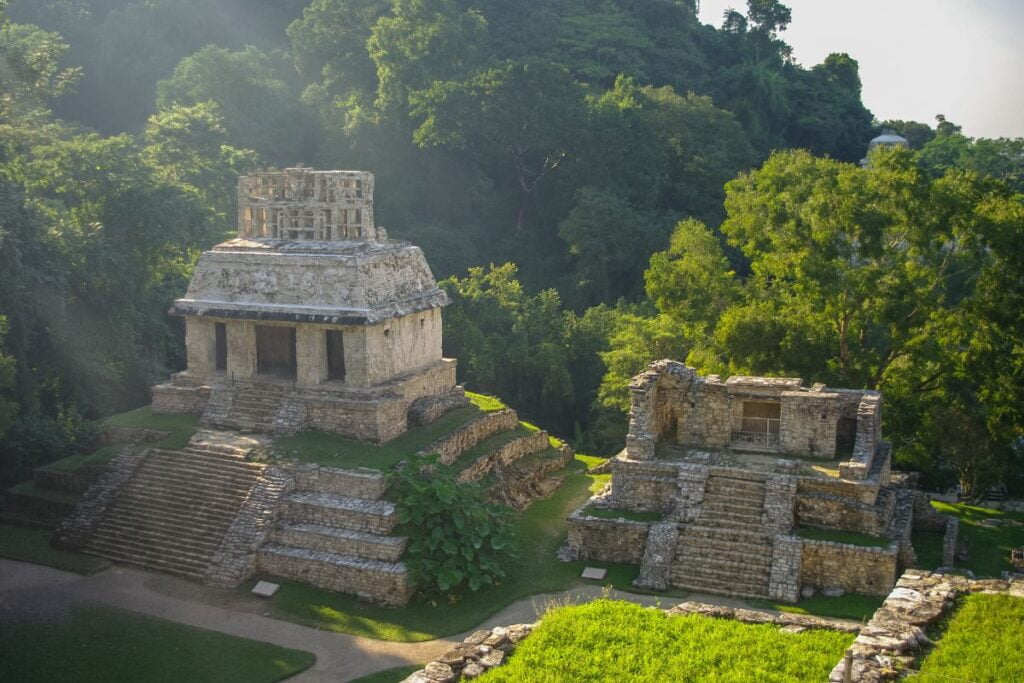
Jamaica: Lush rainforests cover significant portions of the island, offering biodiversity and hiking trails. However, the scale is smaller compared to Mexico’s vast rainforests.
2. Culture and Languages:
2.1. Origins and Influences:
Mexico: Based on old native cultures such as Aztecs and Mayans, with a lot of impact from Spanish rule and Catholic beliefs.
Jamaica: Mostly inspired by the traditions of West African cultures that came with enslaved people, mixed with the influence of British rule and the Christian religion.
2.2. Languages:
Mexico: Spanish is the official language, spoken by nearly everyone. Indigenous languages like Nahuatl also have official status in some regions.
Jamaica: English is the official language, but Jamaican Patois, a Creole language with African and English roots, is widely spoken in everyday life.
2.3. Religion:
Mexico: Predominantly Catholic, with some Protestant denominations and native spiritual practices existing alongside.
Jamaica: Diverse religious landscape, with Protestantism (particularly Pentecostalism) being most prominent, alongside Catholicism, Rastafarianism, and other beliefs.
2.4. Family and Social Values:
Mexico: Families stick together and being kind to guests is important. Traditional beliefs about men being tough and strong are still common in some places.
Jamaica: Family and community are really important, and they make sure to show a lot of respect to older people. People in Jamaica often act in a friendly and expressive way.
3. Safety:
3.1. Mexico:
Overall crime rates: Mexico has higher overall crime rates than Jamaica, particularly related to organized crime and drug trafficking. However, violent crime is concentrated in specific regions, and tourist areas generally have lower rates.
Safety for tourists: Tourist areas in Mexico, such as Cancun, Los Cabos, and Puerto Vallarta, generally have good safety records. However, it’s crucial to exercise caution, be aware of your surroundings, and follow safety tips from reputable sources.
Specific regions: Some regions in Mexico, particularly border towns and areas with high cartel activity, are considered more dangerous. Research your specific destination thoroughly before traveling.
Also Read: Spring Break Mexico Travel Warnings
3.2. Jamaica:
Overall crime rates: Jamaica also has relatively high crime rates, particularly petty theft and violent crime. However, similar to Mexico, these rates vary significantly depending on location.
Safety for tourists: Tourist areas in Jamaica, such as Montego Bay and Negril, have improved safety measures in recent years. However, exercising caution and staying in well-lit, populated areas is still important.
Specific regions: Kingston, Jamaica’s capital, has higher crime rates than tourist areas. It’s crucial to research specific neighborhoods and exercise caution if visiting.
4. Cost of living:
Mexico: Generally cheaper than Jamaica. Cost of living is around 15-24% lower, depending on location and lifestyle.
Jamaica: More expensive than Mexico. The average cost of living is 15% higher, though specific items might be cheaper.
4.1. Factors affecting cost:
Location: Major cities in both countries will be more expensive than smaller towns or rural areas. Tourist destinations tend to have inflated prices.
Accommodation: Renting an apartment in Mexico is generally cheaper than in Jamaica. However, hotel costs might be similar depending on the star rating.
Food: Groceries and local restaurants are usually cheaper in Mexico. Imported goods and tourist-oriented restaurants are pricier in both countries.
Transportation: Public transportation costs are comparable. Taxis and gas might be slightly cheaper in Mexico.
Utilities: Electricity and water bills can be cheaper in Mexico, although it varies depending on usage and location.
4.2. Cost comparisons:
| Item | Mexico (average) | Jamaica (average) |
|---|---|---|
| One-bedroom apartment rent (monthly) | $400-$600 USD | $500-$700 |
| Meal at a local restaurant | $5-$10 | $7-$12 |
| Daily public transportation pass | $2-$4 | $3-$5 |
| Gallon of gasoline | $4 | $5 USD |
4.3. Things to consider:
Lifestyle: Your spending habits and lifestyle choices significantly impact your overall cost of living. Eating out more, indulging in tourist activities, and living in luxury accommodations will increase your expenses in both countries.
Income potential: If you plan to work while living in either country, consider the average salary and compare it to your cost of living needs.
Specific locations: Within each country, costs vary greatly depending on the city or town you choose. Research individual destinations for a more accurate estimate.
5. Climate:
5.1. Temperature:
Mexico: Average temperatures vary greatly depending on location. Coastal areas are warm (70s-80s F), while mountainous regions experience cooler temperatures (40s-60s F). Winters in the north can be chilly (30s-40s F).
Jamaica: Consistent warmth with average temperatures of 75-85 F year-round. Minor seasonal variations with slightly cooler nights and mornings in winter (December-February).
5.2. Hurricanes:
Mexico: Both Pacific and Atlantic coasts are at risk of hurricanes from June to November, with peak season in September and October.
Jamaica: Lies in the hurricane belt, experiencing an average of two hurricane threats per year (June-November).
6. Cuisine:
6.1. Flavors:
Mexico: Bold and diverse, ranging from smoky and earthy (moles) to tangy and citrusy (ceviche) to fiery and savory (tacos al pastor). Spice plays a central role, with various chilies adding depth and heat.
Jamaica: In the Caribbean, tasty foods mix sweet and savory flavors, sometimes with a bit of spiciness. The special jerk seasoning, made with allspice and scotch bonnet pepper, gives a unique smell. Sweetness comes from fruits like mango and pineapple, and richness is added by using coconut milk.
6.2. Popular Dishes:
Mexico: Tacos, enchiladas, mole poblano, pozole, chilaquiles, guacamole, churros. Regional specialties like cochinita pibil (Yucatán) and tlayudas (Oaxaca) add variety.
Jamaica: Jerk chicken, ackee and saltfish, rice and peas, callaloo soup, escovitch fish, plantains in various forms, rum cake. Regional highlights include curry goat and bammy (flatbread) from the north coast.
6.3. Dietary Options:
Mexico: Can be challenging for vegetarians and vegans due to their dependence on meat and dairy. However, options like veggie tacos and bean-based dishes are available.
Jamaica: More naturally vegetarian-friendly with dishes like rice and peas and callaloo soup. Fruits and vegetables are abundant. Vegan options might require adaptation.
7. Conclusion:
Choosing between Jamaica and Mexico for your tropical vacation involves considering diverse landscapes, cultures, safety, and cost. Mexico boasts vast size, diverse terrain, and Spanish influence, while Jamaica offers a smaller, lush setting with English language and Caribbean flavors. Both destinations vary in safety and cost, deciding personal preferences. Your choice depends on the kind of experience you seek, as both promise unforgettable tropical adventures.
For Travelling News Click here






